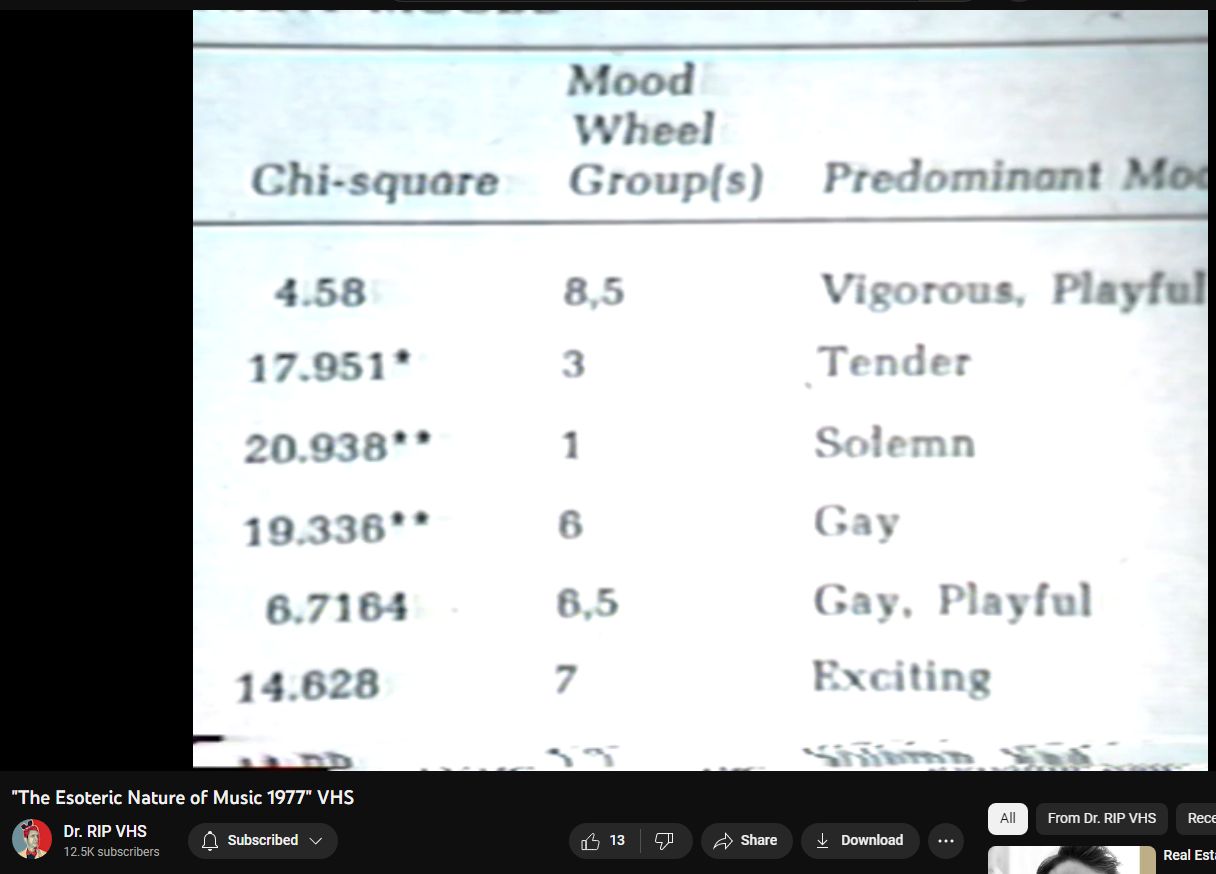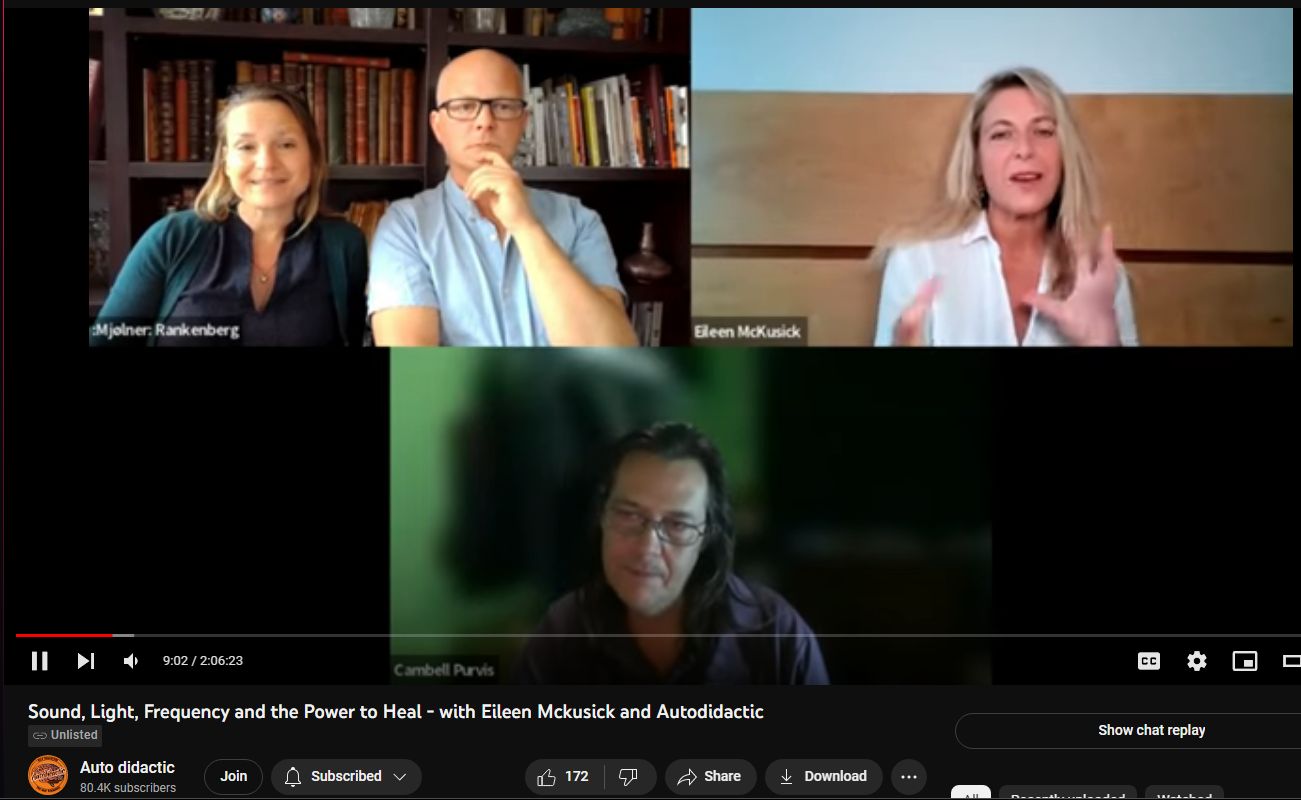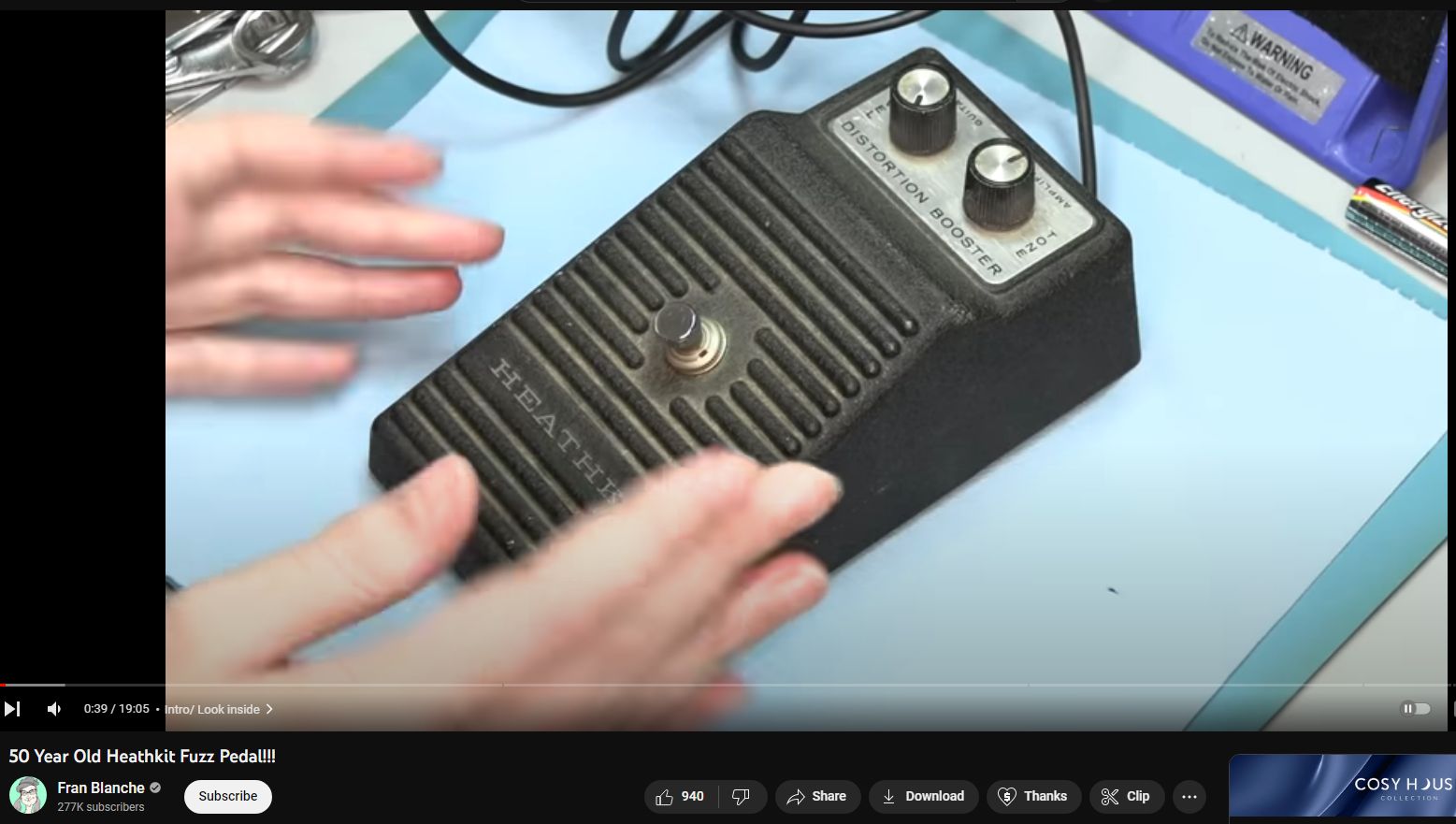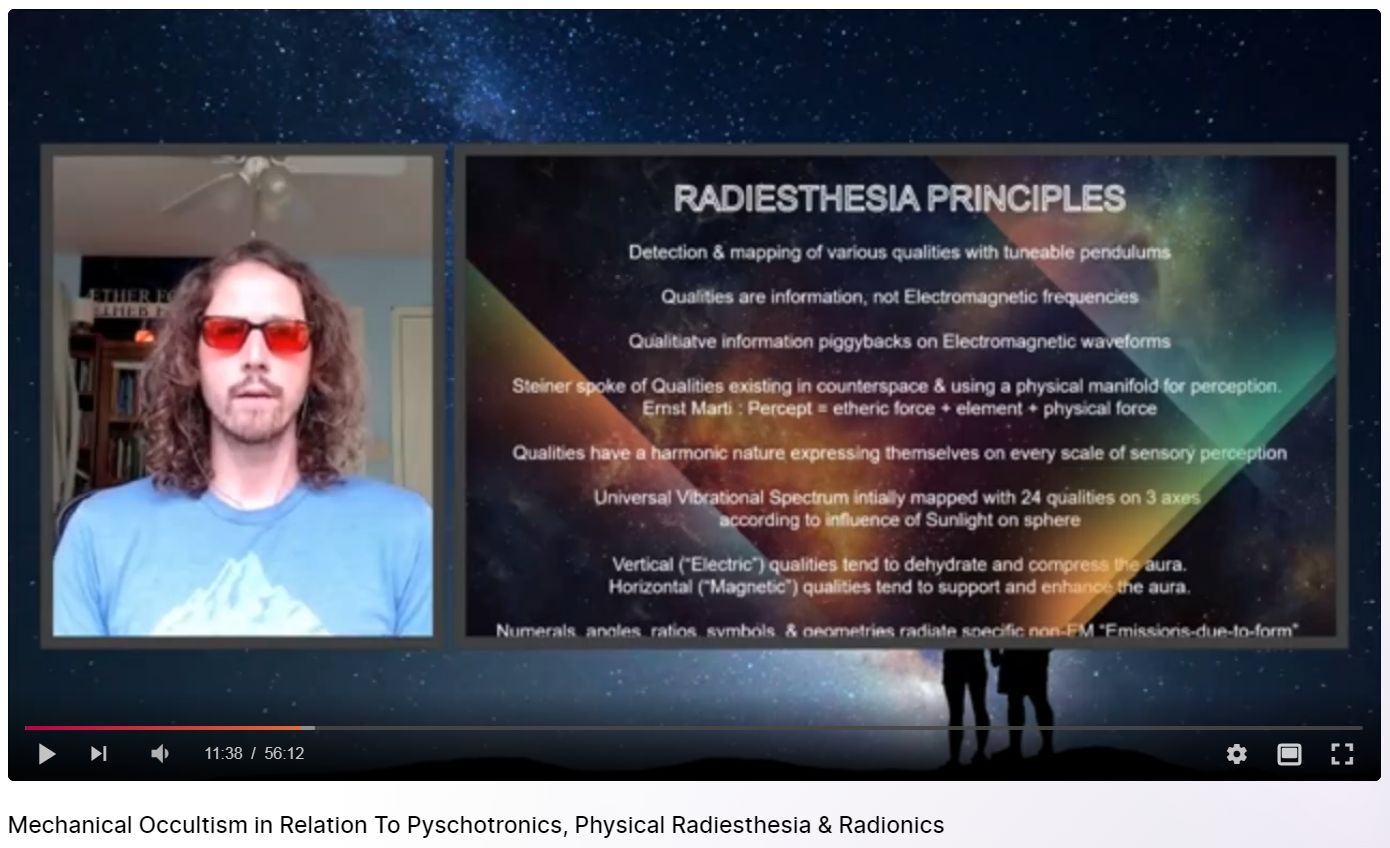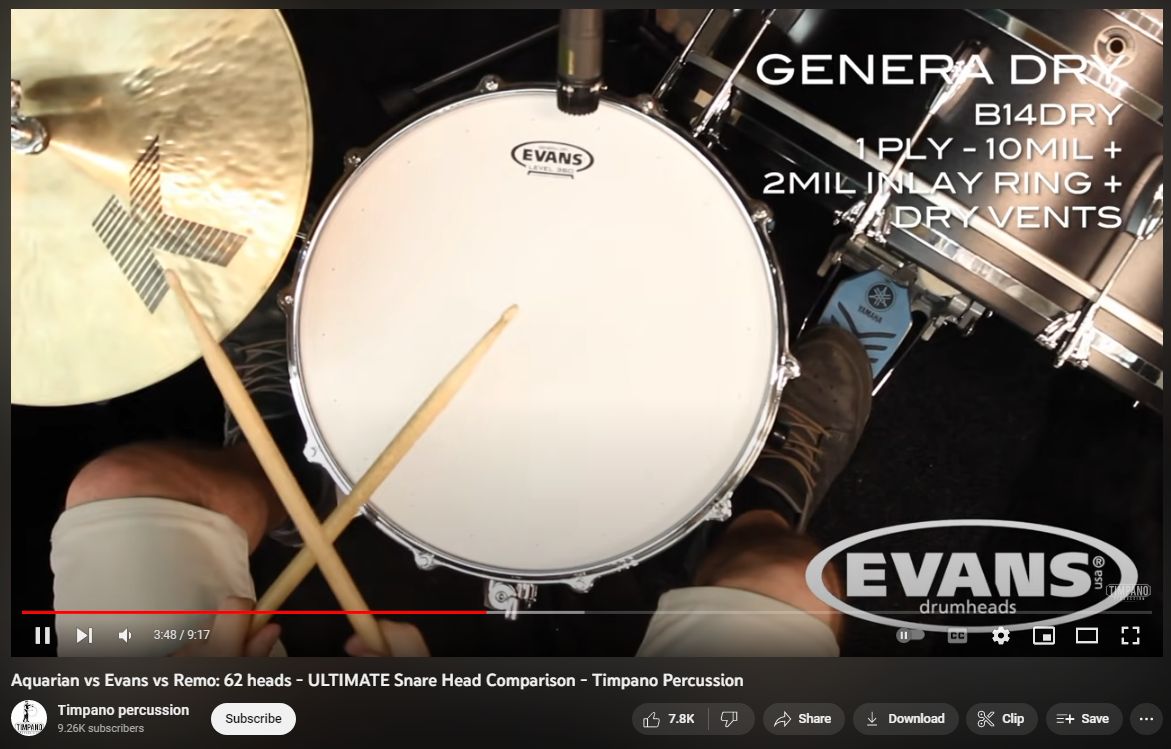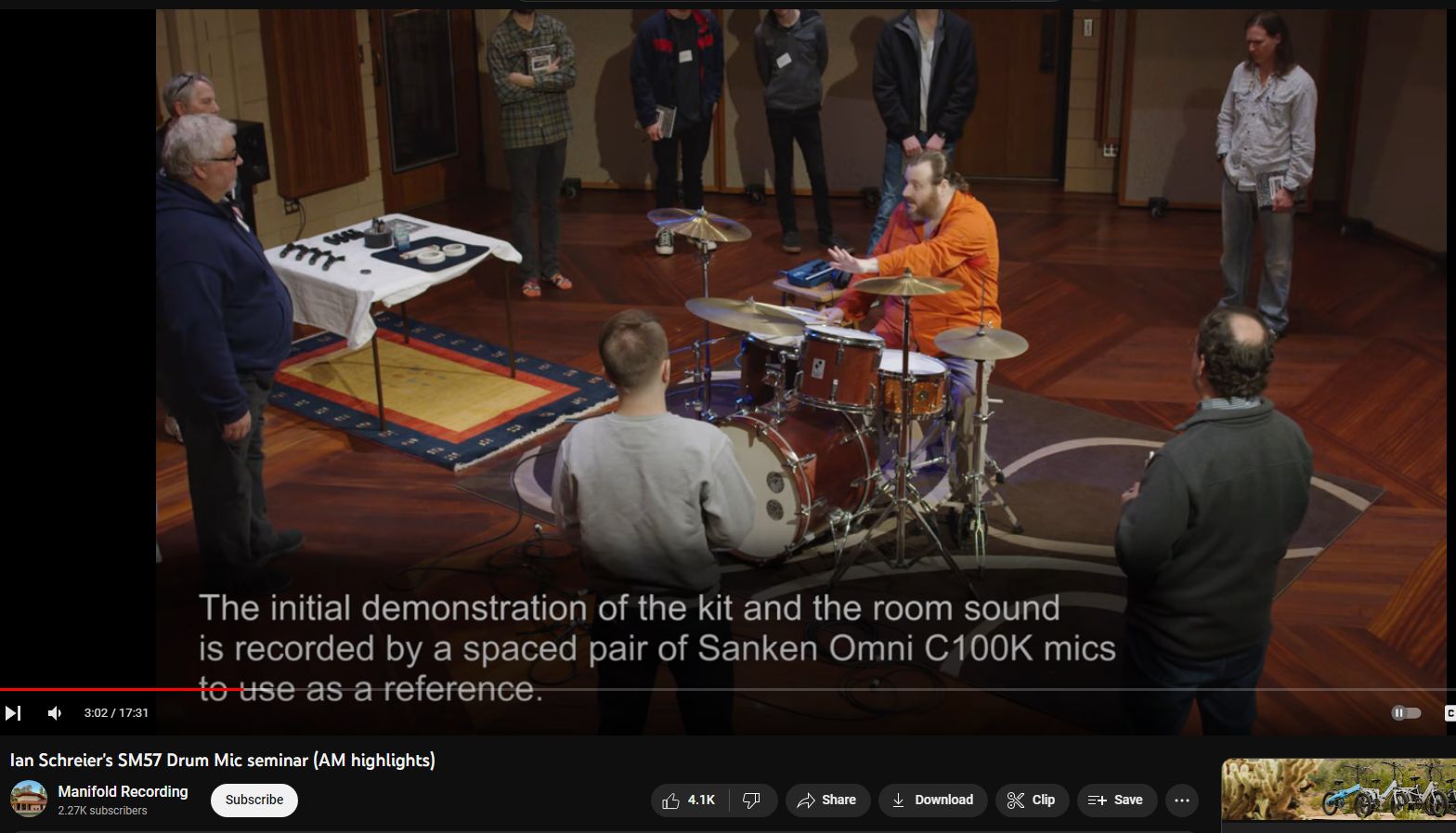tone
Why The Major Scale Is So Important – It’s More Than Just A Scale
Why The Major Scale Is So Important
Radiesthesia, Radionics, Psychotronics — EXCELLENT Overview of Principles, Aspects
Radiesthesia, Radionics, Psychotronics
528 Hz and 8 other tones in Solfeggio – Dr Leonard Horowitz
528 Hz and 8 other tones in Solfeggio
